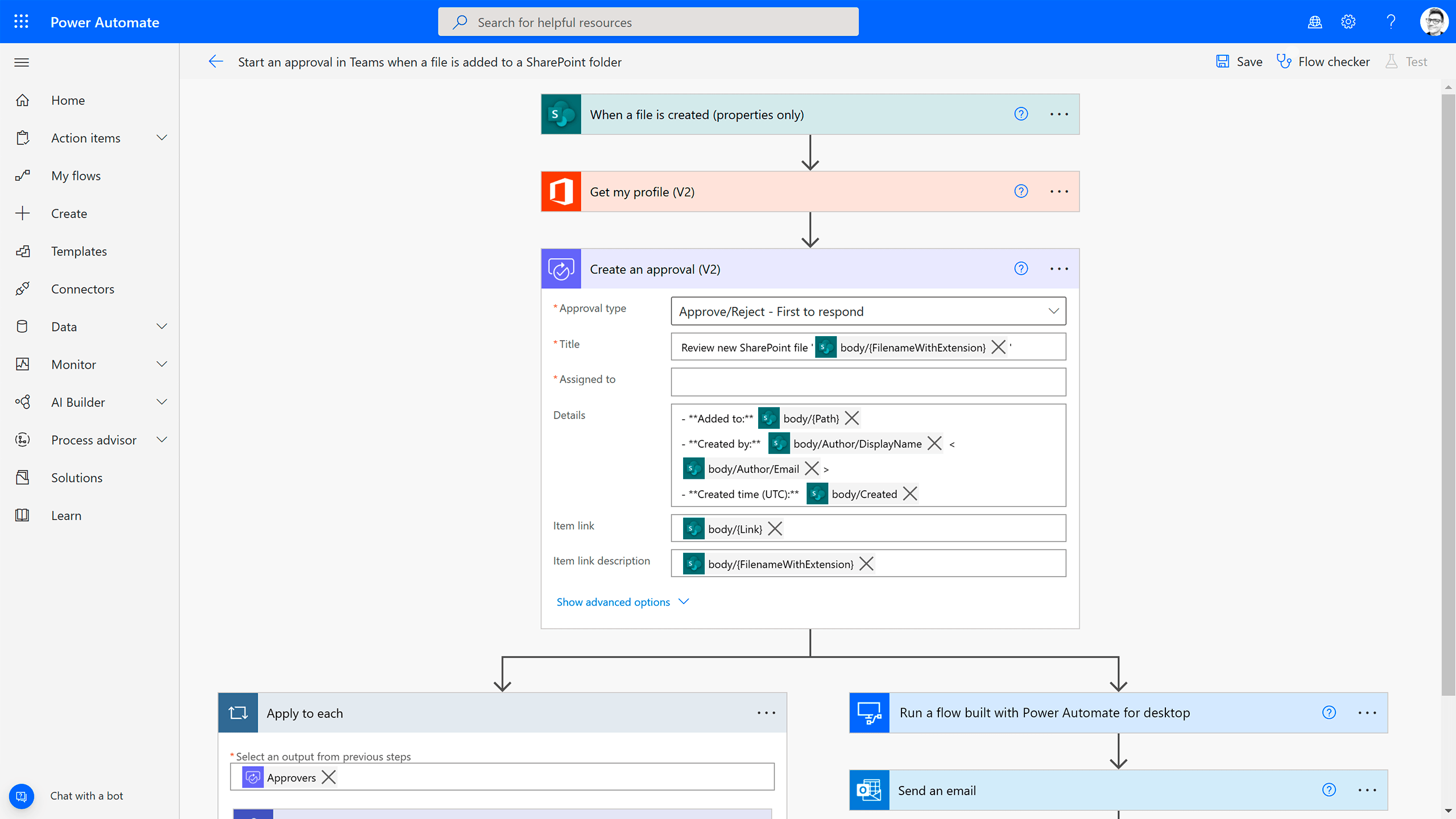Originally posted 18th January 2023
 Arun Puthanpurackal-Jose
4 minute read
Arun Puthanpurackal-Jose
4 minute read
 Arun Puthanpurackal-Jose
4 minute read
Arun Puthanpurackal-Jose
4 minute read
Digital workplace transformation… We are digitalising every aspect of our work to make it better. With Microsoft 365 we have many of the tools to transform manual to digital processes including the Power Platform. However, are we still burdened with long, repeated, boring and complicated work process? If the answer is yes, it is time to bring Lean ideas to our work strategy.
What is Lean? It is a continuous process to eliminate the waste effort by continuous review of activities by defining a flow and automation, and thereby improving the overall efficiency. Before we introduce technology, the Lean process helps us to understand what and why we are building workflows. By reading this definition, it is quite natural to think that this process review will attract additional expense, but there are a few things which can be done to achieve Lean without any additional cost.
The initial step towards any process improvement is identifying the tasks. Write down the current process, try to break the complex steps to multiple tasks. Make sure all tiny tasks are recorded.
Once we identified our tasks, the next step is to plan them. “If You Fail to Plan, You Are Planning to Fail!”
Consider the below points while planning.
Analyse each task identified, check if any task is dependent of another task. Rearrange the order of tasks so that dependent tasks are completed first. Also identify the independent tasks so that they can be actioned or delegated to finish in parallel.
Once tasks are prioritised with dependencies, check for tasks which can be actioned together. For example, if somebody is validating a report or actioning certain things in web page, they shall group the tasks to be performed in the same screen and perform in one go. This will help to eliminate multiple page loads and hence the waste effort.
Check for redundant tasks and remove from the plan. People tend to include redundant steps when the process is not well structured.
Identify a sequence to perform the activities. Keep dependant tasks first. Perform the grouped tasks together. Run tasks parallel if you have more members in your team.
Once the plan is ready, put the plan to action. Provide necessary trainings to colleagues to familiarise the new work sequence if necessary. Don’t forget to note down if there are any bottlenecks.
Never finish without a retrospective phase. The initial plan may not be perfect as intended, document the drawbacks of the plan. Seek feedback from colleagues. Analyse the effectiveness of the new process by calculating the time saved by following the improved process model.
Lean is a continuous process, refine the process as per the outcomes of the retrospective phase. Effort wastage can be brought down to minimum through multiple repetitions these Lean phases.
Once the work is streamlined, what is next? Microsoft 365 offers a set workplace transformation tools and platforms to take your work to the next level.
Microsoft Teams and SharePoint provide a platform for storage and easy collaboration. The inbuilt search capability of these platforms makes the content available to the team with much less effort. This helps the team to find the relevant files for their work without any further ado. Co-authoring is another highlight of these platforms to work in parallel on documents and save effort.

It is possible to automate many business processes such as collecting approvals or feedback, sending notifications, even performing a series of validations and business actions. Microsoft Power Automate flows helps in such scenarios which already have a vast library of integration features with almost all other business applications.
To extend the automation capabilities further, Microsoft offers programmable automation platforms which can be tailored to suit each business scenarios.
Microsoft 365 follows the data compliance protocols, business standards and provides the inbuilt security. It defines roles and levels of access to each entity in the platform. The centralised monitoring and governance portal helps the user to analyse the performance of the platform and thereby adjust the process structure to increase the efficiency.
Originally posted 18th January 2023